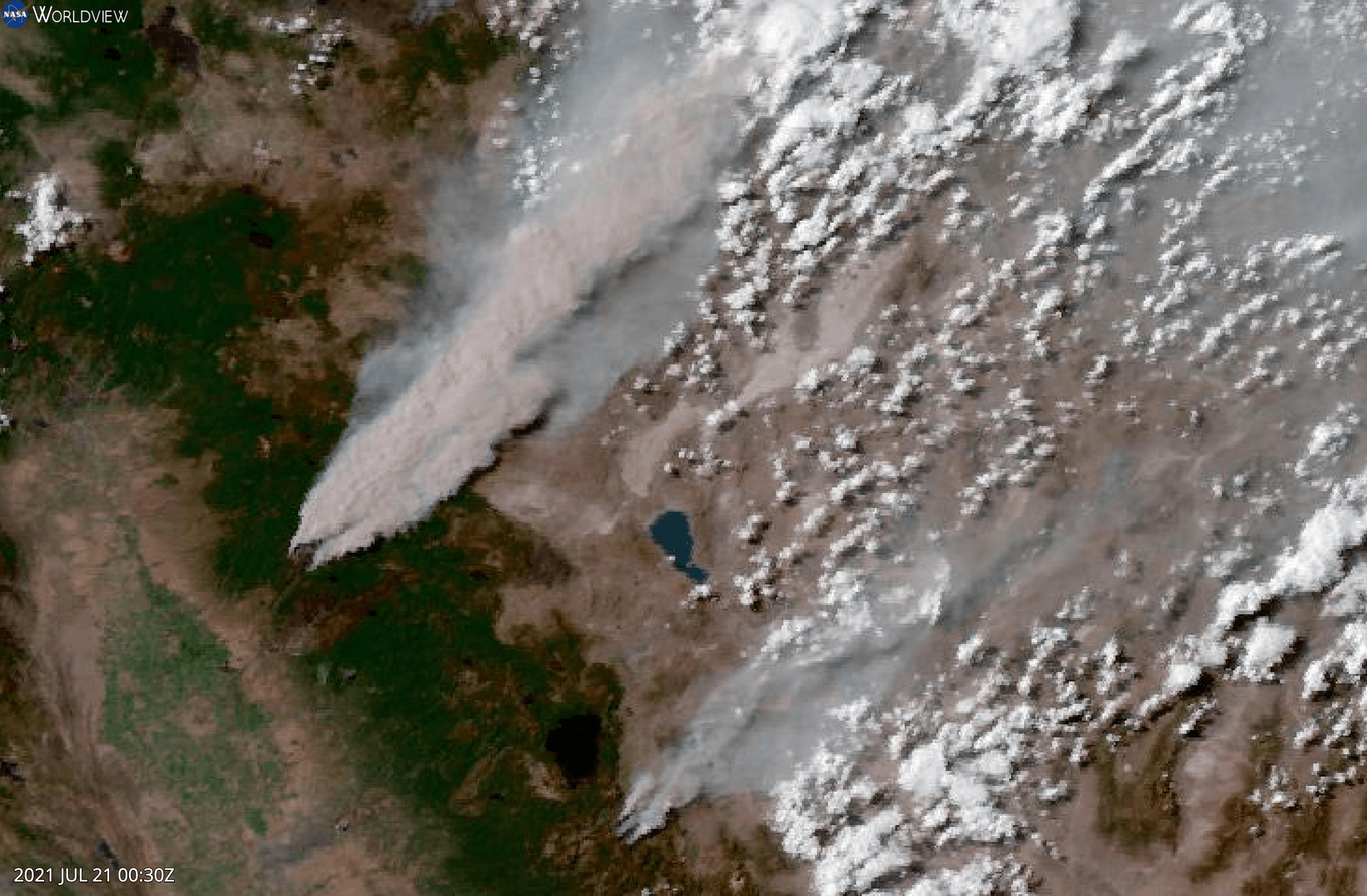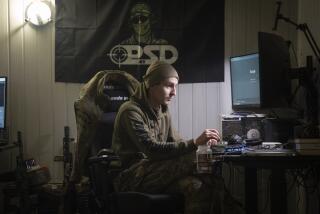A Test for High-Tech Weapons Systems : Gulf War: One device made in Fullerton plots enemy howitzer positions even before their first round strikes. Another tracks ground forces to limit ‘friendly fire’ casualties.
FULLERTON — If a full-scale ground battle breaks out in the Persian Gulf War, high-tech weapons systems made by a Hughes Aircraft Co. division here could help U.S. troops avoid two haunting legacies of the Vietnam War: surprise enemy artillery attacks and “friendly fire” casualties.
As with other systems in the U.S. arsenal, a ground war in the desert could be the first big combat test of the two Hughes systems, one used to track enemy artillery and the other to keep tabs on friendly troops.
The systems’ performance could determine whether the U.S. military proceeds with future procurement of more advanced systems or whether Hughes can sell the systems to overseas customers.
The Firefinder system made by Hughes Ground Systems Group here is designed to zero in on the trajectory of enemy artillery shells, plot the position of enemy artillery and immediately pass the data on to friendly artillery.
The split-second calculations made by the Firefinder allow U.S. artillery batteries to strike back with an accurate barrage, even before the first shell of an enemy artillery attack has struck, said Steve Llansa, an editor for Periscope, a military information network in Rockville, Md.
“I could see Firefinder being very useful” in the Gulf War, he said. “The enemy artillery tactic is to fire for a short time and then move, so you want to target them as quickly as you can.”
W. Scott Walker, president of Ground Systems Group, declined to discuss Firefinder or other Hughes equipment being used in the Gulf. He said he did not know how the equipment is being deployed.
“We’re finding that the more sophisticated technology is lifesaving,” Walker said. “We have a number of systems deployed. I think rather than celebrate any one of these systems, I recognize (that) the total military force and people running these systems have to be credited.”
Firefinder’s version for mortar fire detection performed as specified in action in Lebanon in 1983, said Maj. Joe Peadilla, an Army spokesman.
The systems for tracing rocket, artillery and mortar fire are deployed in the Middle East, he said.
Firefinder has a range of 10 to 18 miles. Because of that limited range, it cannot be used to track such things as the location of Iraqi Scud mobile launchers.
Each Firefinder consists of two vehicles and an antenna trailer operated by eight to 12 people. Hughes built the systems in the early 1980s under a $2-billion Army contract.
Firefinder “is going to get a trial by fire,” said Andy Lightbody, a Los Angeles defense analyst and field editor for Armed Forces Journal. “I’d rate it very high in its ability to save American lives in a ground war.”
With more than 2,700 pieces of artillery in the Iraqi forces, Lightbody said, the Firefinder system should play a key role.
Another system built by the Ground Systems Group could help the Marine Corps reduce casualties from friendly fire--those suffered when U.S. artillery or aerial attacks accidentally strike U.S. soldiers. Such casualties plagued the military in Vietnam.
The Position Location Reporting System (PLRS) is a data communications network that transmits the precise positions of field units to a mobile headquarters, where a commander can use a monitor to view the location of each platoon or squad-size unit.
Military officials have said the deaths of seven Marines in the fighting near the Saudi town of Khafji may have been caused by friendly fire from an attacking U.S. pilot, who mistook the Marines’ personnel carrier for an Iraqi vehicle. The investigation is continuing.
“PLRS would be useful in bringing some order to a rapidly advancing ground campaign,” said David Silverstein, a defense policy analyst for the Heritage Foundation, a Washington-based think tank. “It could eliminate some of the friendly fire mistakes made in confusion.”
The system could also be useful in secretly transferring orders to troops on the march. The reporting network, which uses cellular phone technology, consists of a mobile headquarters vehicle that serves as a command link to units carried by soldiers in the field.
Marine officials said in a statement that the system is deployed in Operation Desert Storm and is especially valuable in locating troops in the featureless desert terrain.
The system is working “extremely well” so far, the statement said.
“It will help, but we’ve not heard the end of friendly fire, unfortunately,” said Lightbody of Armed Forces Journal.
He said 2.5% to 3% of all U.S. casualties in Vietnam were from friendly fire. Despite new systems, Lightbody said that in the chaos of battle, soldiers will make mistakes, even if they have equipment that tells them where other soldiers are.
Hughes is working on an upgraded PLRS system for the Army, but analysts said it probably will not be ready in time for the Gulf War.
Though the enhanced system was originally conceived in 1979, development contracts were not awarded until 1987. Over the past several years, Hughes has been ironing out technical problems with communications between groups of units, but Army officials said the company has solved the problems.
The Army chose not to buy the Marine PLRS system in the early 1980s because the system did not have enough raw computing capability to support a greater number of troops and terminals for each network.
The Army has ordered about 1,800 PLRS field units to date, but the system is not scheduled for a full-scale test until 1994. Full deployment of the enhanced Army system, which could include up to 10,000 field units, is not expected until the mid-1990s.
Trail by Fire Two systems made by Fullerton-based Hughes Ground Systems Group may help to save the livesof U.S. troops in the Persian Gulf in the event of a ground assault. Firefinder 1. Each Firefinder consists of two trucks and an antenna trailer operated by a crew of eight to 12. 2. Radar beams from the trailer-mounted antenna sweep the horizon, detecting and trackingmortar rounds, artillery shells and missiles fired from up to 18 miles away. 3. An on-board computer calculates trajectories and determines the source of hostile fire.The unit then transmits this information to friendly artillery units to precisely targetcounterfire. Battlefield Communications The Position Location Reporting System provides accurate information on the whereabouts of U.S.troops, helping to prevent “friendly fire” casualties. Troop units, artillery and aircraft are fitted with transmitters that broadcast coded information on their location and direction of movement. A truck-mounted communications center allows commanders to track all field units, even during the heat of battle. The unit also allows secure transmission of coded messages.
More to Read
Sign up for Essential California
The most important California stories and recommendations in your inbox every morning.
You may occasionally receive promotional content from the Los Angeles Times.










